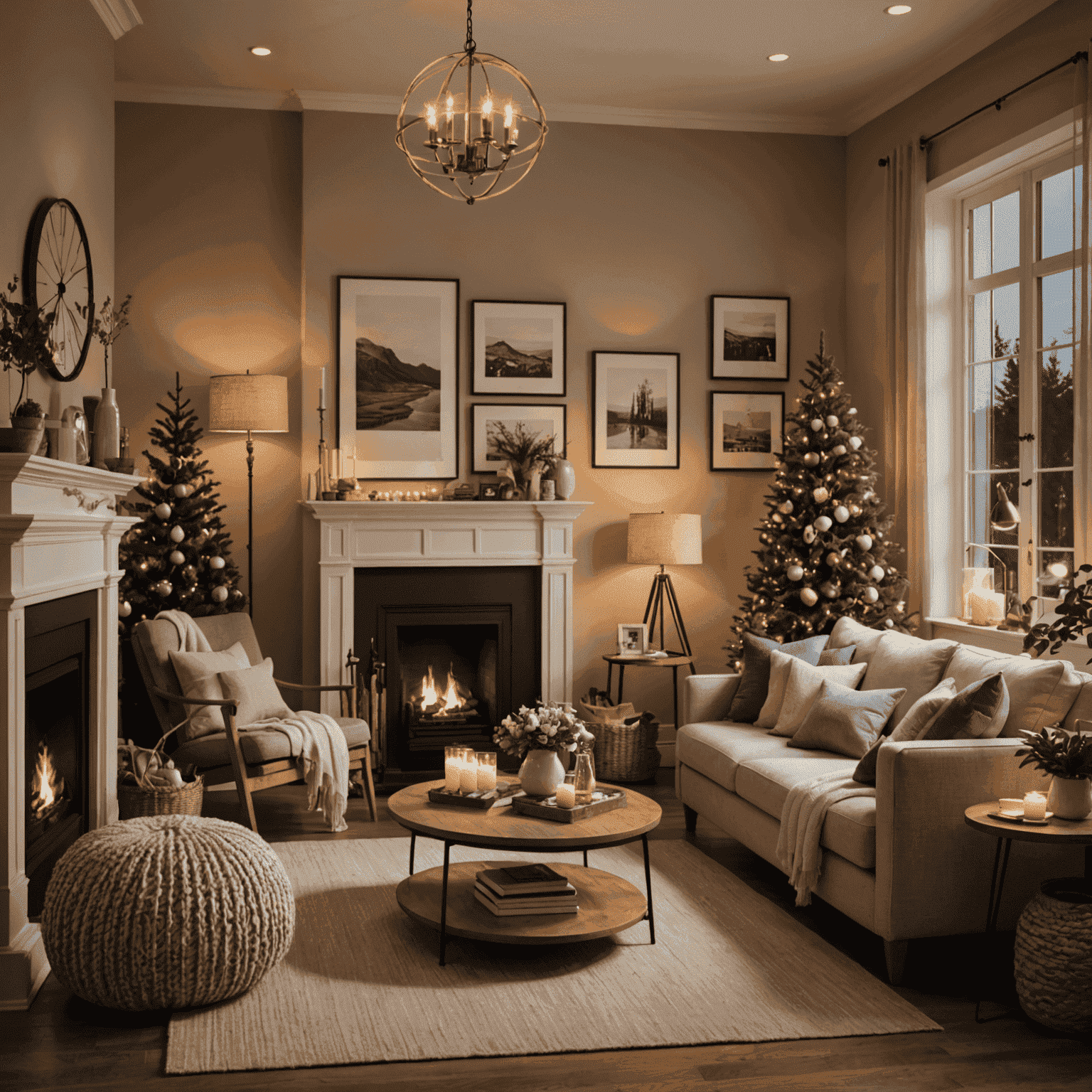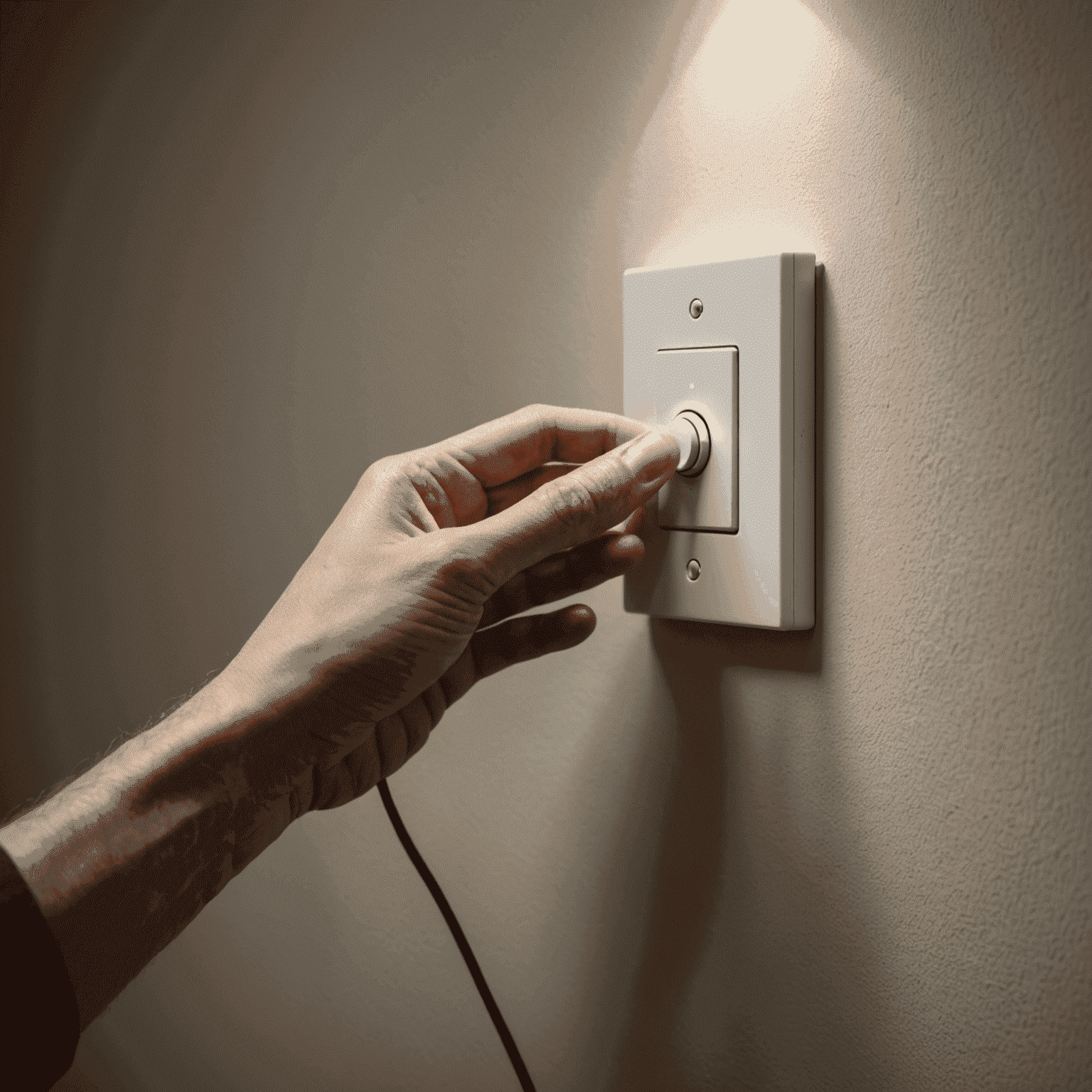Coat Alteration Service
At checkingovercoat, we understand that the perfect fit is essential for your outerwear to look its best. That's why we've partnered with expert tailors who specialize in altering coats and jackets to ensure you always step out in style, no matter the season.

Our Alteration Services
- Sleeve length adjustments
- Waist tapering for a flattering silhouette
- Shoulder alterations for the perfect fit
- Hem adjustments for trench coats and long jackets
- Button replacement and reinforcement
Pricing and Turnaround Times
Standard Alterations
- Sleeve shortening: $30-$45 (3-5 days)
- Waist tapering: $40-$60 (3-5 days)
- Hem adjustment: $25-$40 (2-4 days)
- Button replacement: $5-$15 per button (1-2 days)
Complex Alterations
- Shoulder restructuring: $80-$120 (5-7 days)
- Lining replacement: $100-$150 (5-7 days)
- Collar reshaping: $60-$90 (4-6 days)
Note: Prices and turnaround times may vary depending on the complexity of the alteration and the type of fabric. Our tailors will provide a precise quote upon inspection of your garment.
Why Choose Our Alteration Service?
- Expert tailors with years of experience in outerwear
- Attention to detail and high-quality craftsmanship
- Quick turnaround times to keep you stylish all season
- Personalized service and fit consultations

Seasonal Alteration Tips
Spring
Lighten up heavy winter coats by removing linings or shortening sleeves for a fresh, breezy look.
Summer
Transform long trench coats into stylish short jackets perfect for cool summer evenings.
Fall
Add leather elbow patches or update buttons on classic blazers for a trendy autumn vibe.
Winter
Reinforce seams and add warm linings to your favorite coats to brave the cold in style.
